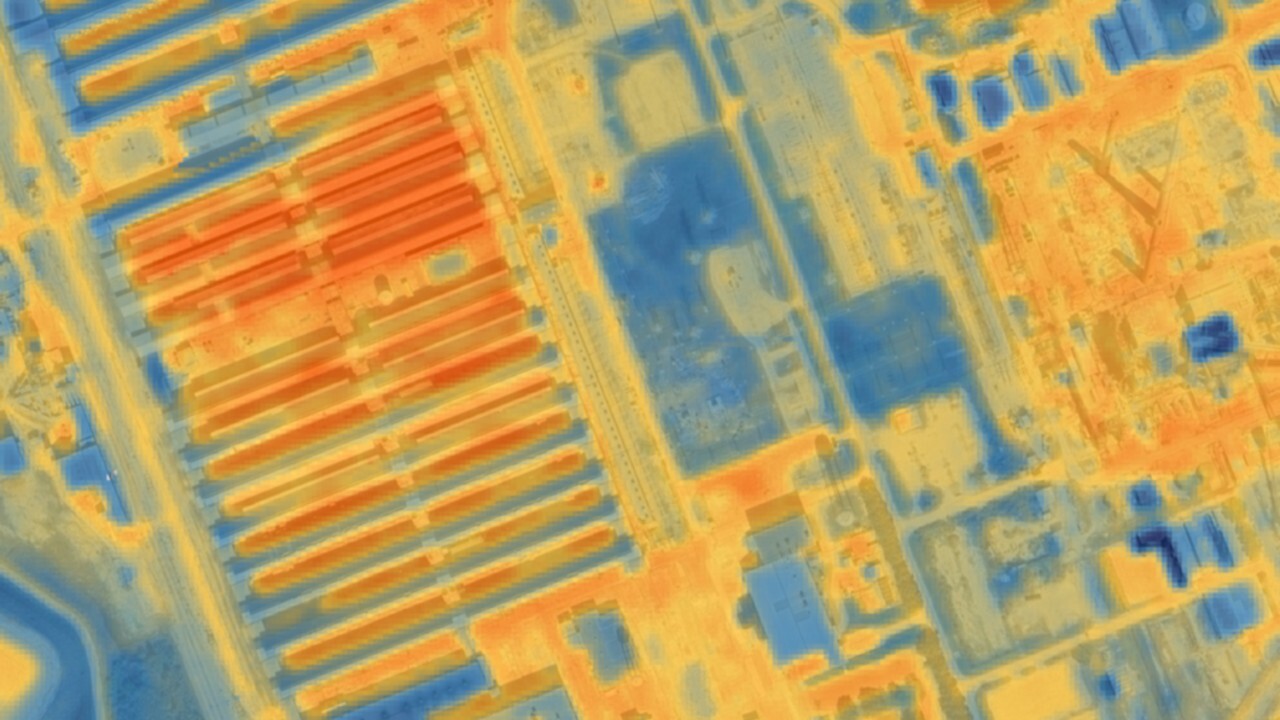First US Manned Spacecraft Lands at JFK Library in Boston

Freedom 7, NASA's first spacecraft to launch an astronaut into space, has landed in Boston for display at the John F. Kennedy Presidential Library and Museum.
The space capsule, which on May 5, 1961 lifted off with astronaut Alan Shepard for a 15 minute suborbital mission, arrived at the JFK Library on Aug. 29. On loan from the Smithsonian, Freedom 7 had previously been on exhibit for 14 years at the U.S. Naval Academy in Annapolis, Md.
"Freedom 7 has arrived!" the library announced on its Facebook page. "Thanks to a generous loan from the [National] Air and Space Museum, Freedom 7 will be here until December 2015."
The 7.8-foot (2.4 meter) tall spacecraft, which weighs approximately 2,300 pounds (1,040 kilograms), will go on display at the JFK Library on Sept. 12. The capsule's public debut coincides with the 50 year anniversary of Kennedy's speech at Rice University in Houston, where he famously championed a manned moon mission. [America's First Spaceship (Infographic)]
"We choose to go to the moon," Kennedy said on Sept. 12, 1962. "We choose to go to the moon in this decade and do the other things, not because they are easy, but because they are hard."
Less than seven years later, Neil Armstrong and Buzz Aldrin achieved JFK's goal of landing on the moon. Armstrong, who died on Aug. 25, will be remembered at a national service in Washington, D.C., to be held on Sept. 12 also.
The JFK Library has not yet announced the details for the opening of its Freedom 7 exhibit. The display marks only the second time that a Mercury spacecraft has visited Massachusetts. Liberty Bell 7, which followed Freedom 7 into space, was displayed at the Museum of Science in Boston in 2002.
Breaking space news, the latest updates on rocket launches, skywatching events and more!
The JFK Library hosts a permanent exhibit devoted to the space program, which includes a moon rock returned to Earth in 1971 by the Apollo 15 crew.
Freedom 7 will remain at the library for the next three years. It will then be moved to the National Air and Space Museum in Washington, D.C., where curators plan to exhibit it within a new gallery that "will tell the story of the Mercury, Gemini and Apollo programs, going from nothing to six landings on the moon in only 14 years — only 8 years and 2 months from Kennedy's challenge to successfully landing."
NASA gave Freedom 7 to the Smithsonian five months after it flew, becoming the first manned spacecraft added to the National Collection. Prior to it going to the Naval Academy in 1998, the space capsule was on display at the National Air and Space Museum.
See more photos of Freedom 7’s arrival at the JFK Library in Boston at collectSPACE.
Follow collectSPACE on Facebook and Twitter @collectSPACE and editor Robert Pearlman @robertpearlman. Copyright 2012 collectSPACE.com. All rights reserved.

Robert Pearlman is a space historian, journalist and the founder and editor of collectSPACE.com, a daily news publication and community devoted to space history with a particular focus on how and where space exploration intersects with pop culture. Pearlman is also a contributing writer for Space.com and co-author of "Space Stations: The Art, Science, and Reality of Working in Space” published by Smithsonian Books in 2018.
In 2009, he was inducted into the U.S. Space Camp Hall of Fame in Huntsville, Alabama. In 2021, he was honored by the American Astronautical Society with the Ordway Award for Sustained Excellence in Spaceflight History. In 2023, the National Space Club Florida Committee recognized Pearlman with the Kolcum News and Communications Award for excellence in telling the space story along the Space Coast and throughout the world.

